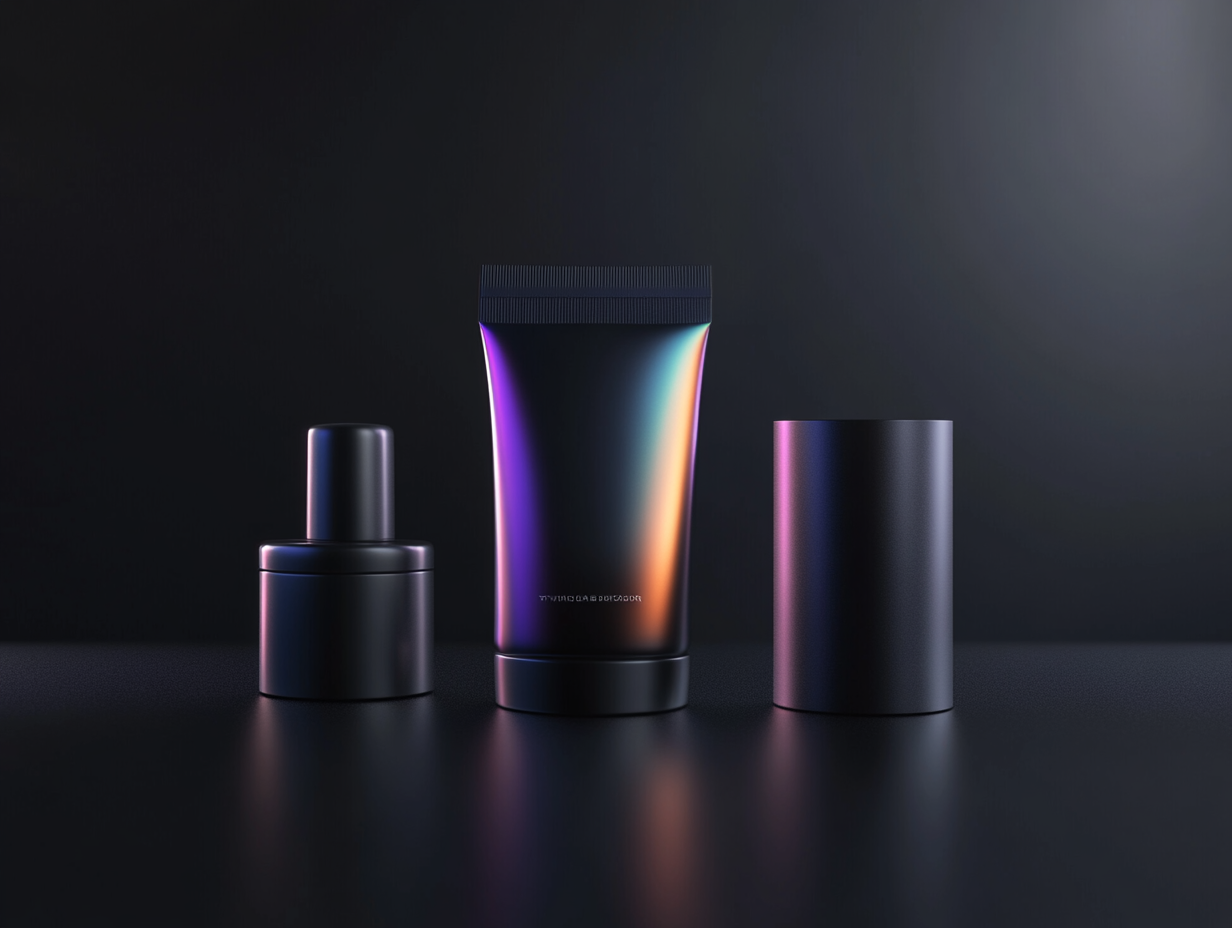5 Website Truths for Marketers
Field Notes
The overlap between marketing and management and design
Design can power your marketing and management strategy. Explore how consistent design systems help B2B teams streamline operations, reduce costs, and build brand trust.
Prism
May 31, 2025
Good marketing looks great. Great marketing manages itself.
Marketing and management go hand in hand. One draws attention, the other directs it. One builds momentum, the other sustains it. And in high-growth companies, they often collide—messily.
You might have a bold brand. A polished website. Slick campaigns. But without strategic design consistency, it’s just noise. Design isn’t just visual. It’s managerial.
It’s not about looking good. It’s about leading well across every channel your audience touches.
The quick answer
Strong marketing and management starts with design systems. Cohesive visual tools help brands lead with clarity, reduce inefficiencies, and align internal teams for scalable performance.
The overlooked link between marketing and management
Marketing management is a discipline. It’s not just about creative assets—it’s about organizing and sustaining marketing resources. This includes:
- Campaign planning
- Audience segmentation
- Channel strategy
- Brand positioning
- Internal operations
Now ask yourself: what connects all those pieces?
Design consistency.
A design system isn’t fluff. It’s operational glue. And for companies scaling their brand presence, it becomes the most efficient way to manage perception, speed up workflows, and reduce creative chaos.
Let’s talk operational ROI
A consistent design approach doesn’t just look better. It performs better across internal and external touchpoints.
Here’s what that looks like in practice:
Faster approvals
Your internal marketing team can ship work 2x faster when there’s no need to revalidate every visual or layout.
Stronger brand recognition
Repeated exposure to unified visuals increases brand recall by up to 80%. (source)
Reduced costs
Design systems reduce duplicated work, increase the reuse of assets, and cut creative spend waste.
Happier teams
Clear guidelines and reusable blocks eliminate the friction that often causes marketing burnout.
When it breaks down
If you’re experiencing any of these, your marketing management isn’t supported by strong design infrastructure:
- Your brand looks different across departments or channels
- Every new campaign feels like reinventing the wheel
- Developers and designers rarely speak the same language
- Leadership can’t easily audit the current web presence
- Teams wait for creative handoffs instead of acting independently
The fix: design consistency as a strategic discipline
We often think of “design” as a creative act. But in a high-performing team, design is also a managerial tool.
When built correctly, your design system becomes:
- Shared language for internal alignment
- Repeatable toolsets for campaign velocity
- Confidence builders for leadership sign-off
- Trust amplification for your customers
This is design as infrastructure. As enablement. As performance strategy.
Your website is a management platform
Most websites are treated like static brochures. But for modern marketing teams, your site is the operational core.
It’s where your:
- Content lives
- Offers are tracked
- Customer journey unfolds
- Brand is judged
A site built with a design system enables consistent decision-making across every department.
Marketing moves faster. Sales aligns easier. Leadership sees clarity. The brand speaks in one voice.
The hidden cost of inconsistency
Disjointed design hurts. It causes:
- Slower go-to-market timelines
- Increased internal confusion
- Friction between departments
- Loss of audience trust
And worse? It’s hard to see when you’re in it. Until someone asks, “Why does this look so different from our last campaign?”
Your marketing deserves a management layer
This is where consideration turns real. The next time you evaluate a website redesign, or even just another campaign, ask not “How should this look?”
Ask instead:
- “Does this scale?”
- “Is this aligned with the rest of our messaging?”
- “Will this be usable by everyone on our team?”
Great marketing looks beautiful.
But great marketing management looks consistent.
Ready to see how top brands operationalize their visual strategy?
Check out our next read: Marketing with content fails without a design system.
Find the right launch for your next move
Not sure if this SiteLaunch™ is the right fit? Explore our other options tailored for different goals, audiences, and growth stages.




